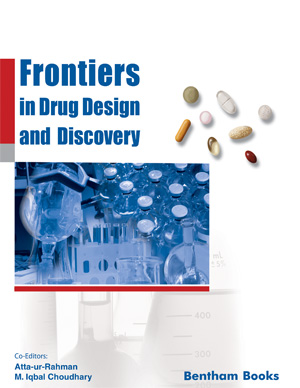Abstract
The recent advances in materials science have enabled great achievements in the development of polymer scaffolds, which can constitute innovative platforms for the development of novel topical drug delivery systems (TDDS) associated with sitespecific or prolonged drug release. The application of polymer scaffolds as drug delivery systems often relies on their combination with many types of nanocarriers, such as liposomes, solid nanoparticles, micelles, nanogels and metallic nanoparticles. The combination of polymer scaffolds and drug nanocarriers and the association of controlled drug release properties provide novel materials, considered hybrid as they gather two therapeutic effects: scaffolding and drug delivery. Such hybrid scaffolds have been shown to be suitable for delivering drugs at controlled rates and site distribution. Many drug carriers are often associated with stability issues, drug leaking or considerable interaction with undesirable cells, hindering their clinical function. Hence, for topical application, drug nanocarriers are often introduced in conventional secondary vehicles such as creams and lotions in order to provide the viscosity, extended residence time and adhesiveness, properties necessary for the administration route. In addition, smart stimuli-responsive polymers can be used in the formulation of both scaffolds and nanocarriers, being promising approaches in the topical treatment of various diseases. In this context, hybrid smart polymer-based scaffolds are versatile platforms for the development of novel TDDS. Such smart materials, in addition to being able to combine the benefits of different structural components, can also respond to external stimuli such as temperature, pH, and redox status, which can increase the effectiveness of therapeutic agents and decrease harmful effects on the surrounding tissue. In this chapter, the different polymer-based scaffolds, most nanocarriers and stimuli-responsive polymers are described as well as their most varied applications in the field of technological development of topical delivery systems for ideal drugs, which is still a challenge for formulation scientists.
Keywords:
Hybrid systems, Nanoparticles, Polymer-based scaffolds, Polymers, Smart materials, Topical drug delivery.

